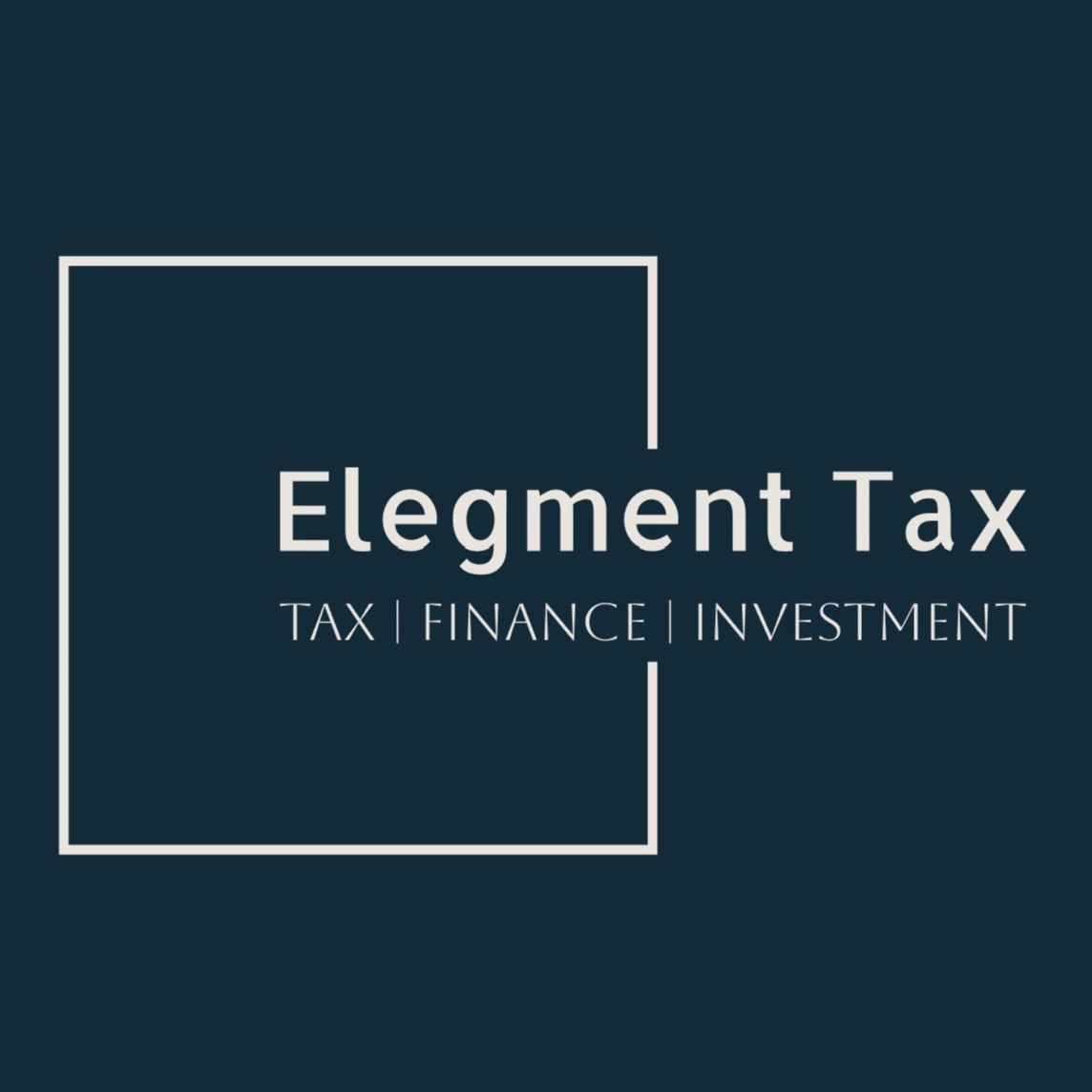“`html
Exploring Wearable Neurotechnology: Innovations, Applications, and Financial Implications
Wearable neurotechnology is emerging as a transformative innovation in the healthcare and biotech sectors. As we advance towards integrating more sophisticated technology into everyday health solutions, it is imperative for executives, especially those attending to tax, investment, and finance functions, to comprehend the trajectory of such innovations. This article explores the scope of wearable neurotechnology, its applications, and the tactical opportunities and challenges it presents to U.S. healthcare and biotech companies.
Understanding Wearable Neurotechnology
Wearable neurotechnology encompasses a range of devices designed to monitor and enhance cognitive functions by interacting directly with neural activity. These devices, worn on the body, have the potential to revolutionize mental health monitoring, cognitive enhancement, and treatment protocols. By capitalizing on technologies such as EEG (electroencephalography) and tDCS (transcranial direct current stimulation), wearables offer a non-invasive approach to understanding and manipulating brain activity. The primary applications include:
- Monitoring mental health conditions such as depression and anxiety
- Enhancing cognitive functions for greater productivity and learning
- Improving sleep quality through brain rhythm regulation
- Developing individualized therapeutic strategies
Potential Benefits and Challenges
The promise of wearable neurotechnology lies in its ability to offer personalized health solutions and reduce the need for pharmacological interventions. This capability represents a significant shift in how healthcare is delivered, particularly in mental health. However, with innovation comes challenges. Concerns over data privacy, device accuracy, and ethical implications of cognitive enhancements are critical issues that organizations must address. Companies poised to lead in this space will need robust data security measures and must navigate the complex regulatory landscape governing medical devices and patient data.
Financial and Investment Opportunities
With the global neurotechnology market projected to grow exponentially, the financial incentives for healthcare and biotech firms are substantial. Investment opportunities include:
- Development and commercialization of new wearable devices
- Research collaborations to advance technology applications
- Expansion into emerging markets with high demand for innovative health solutions
- Fostering partnerships with tech companies for data integration and AI development
However, investors must be astute regarding the volatility and fast-paced nature of this sector, where technological advancements can rapidly alter market dynamics.
Implications for U.S. Healthcare and Biotech Companies
From a tax, investment, and financial perspective, wearable neurotechnology holds profound implications for U.S. healthcare and biotech companies. Tax incentives for research and development can provide substantial cost savings, but companies must remain compliant with evolving tax codes related to healthcare innovation. On the investment front, firms should consider diversifying their portfolios to include startups and established entities with groundbreaking neurotechnology solutions to hedge against economic downturns. Furthermore, finance executives should prepare for integrating these technologies into asset management and capital allocation strategies, ensuring alignment with long-term business objectives.
Strategic considerations include:
- Allocating resources to adapt tax, audit, and compliance practices for neurotech investments
- Enhancing financial forecasting models to consider potential disruptions and market shifts
- Leveraging analytics to predict consumer demand and technology adoption rates
By understanding the multi-dimensional impact of wearable neurotechnology, U.S. healthcare and biotech firms can position themselves at the forefront of innovation, securing both competitive advantage and financial growth in a rapidly evolving market landscape.
“`
